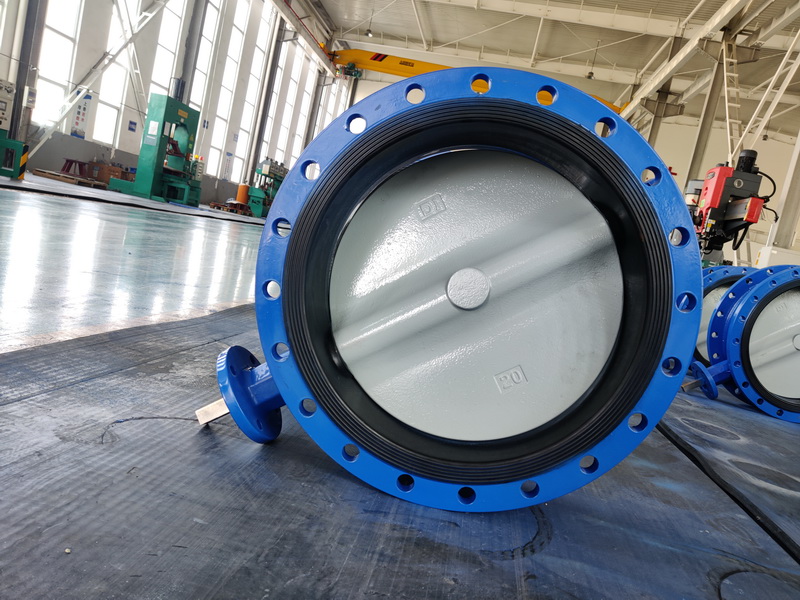Valve application classification valve gasket type

Universal operating valve
General service valves are those designed for most common operations with low pressure ratings in ANSI class 150 to 600 (diameter DN16 to DN100) and moderate temperature ratings from -50 to 650H (-46 to 343 c). Fly corrosive media and ordinary pressure drop without causing cavitation and flash. General service valves are designed with a degree of interchangeability and adaptability to enable
They are used in harsher conditions. Body materials are specified as carbon steel and stainless steel. Figure 1.9 shows a legend of two general-service valves, one manually operated and one automatic.
Special working valve
Special service valves are custom made valves designed for single applications where normal process operations are unexpected. Due to its peculiar design and manufacture, it can only be operated under specific operating parameters and operating conditions. This aspect is usually used to deal with a required temperature, height, or medium in the second test. FIG. 1.10 shows a control valve designed with a lightly scraped body and ceramic spool to handle worn mineral conditions including sand particles and high pressure air.
Severe service valve
Severe operating valve, which has special characteristics to handle volatile substances, injection of high pressure drop resulting in severe cavitation, flash, blockage or high noise levels. The valve can be well designed on the globe valve spool. Or special disc; Or special balls may be involved in rotary valves to reduce or prevent impact during operation. In addition, operators or process operators require special actuators to overcome the force of the process. FIG. 1.11 shows a severe service valve capable of handling 1100H (593 c) liquid calcium with multiple spool
Handle high pressure drop with special cooling warping bonnet. The electro-hydraulic actuator is capable of producing 20,000 lb (889600N) of thrust.
Valve gaskets commonly used gaskets are non-metallic gaskets, semi-metal gaskets and metal gaskets. Non-metallic gasket also known as gasket, such as asbestos rubber sheet, rubber, ptfe, etc., gasket for temperature, pressure are not high occasions. Semi-metal gasket is composed of metal materials and non-metal materials, such as flexible graphite composite gasket, winding gasket, metal coated gasket and so on. The semi-metal gasket bears a wider range of temperature and pressure than non-metal gasket. All metal gaskets are made of metal, including waveform, tooth shape, elliptic, octagonal, lens pad, cone pad and so on. Metal gasket for high temperature and high pressure applications. 1 Conditions of use of non-metallic gaskets See Table 1-4-1 for conditions of use of non-metallic gaskets Application conditions name code pressure level MPA applicable temperature ℃ natural rubber nr2.0-50 ~90 chlorinated D rubber cr2.0-40 ~100D nitrile rubber nbr2.0-30 ~110 styrene butadiene rubber sbr2.0-30 ~100 ethylene propylene rubber epdm2.0-40 ~130 fluorine rubber Viton2.0- 50~200 asbestos rubber sheet XB350XB450NY4002.0 <300P.t<650 Mpa.℃ Oil-resistant asbestos rubber sheet modified or filled polytetrafluoron 50-196~2602 semi-metal gasket conditions of use (1) Flexible graphite composite gasket conditions see Table 1-4-2. Table 1-4-2 Flexible graphite composite pad Conditions of use Core plate and Cladding Material Low carbon Steel Pressure class MPa 2.0 to 11.0 (150 to 600) Applicable temperature ° C 450OCR18Ni92.0 to 11.0 (150 to 600)650* Note: * For oxidizing media <450 ° C
Post time: Jun-22-2022




